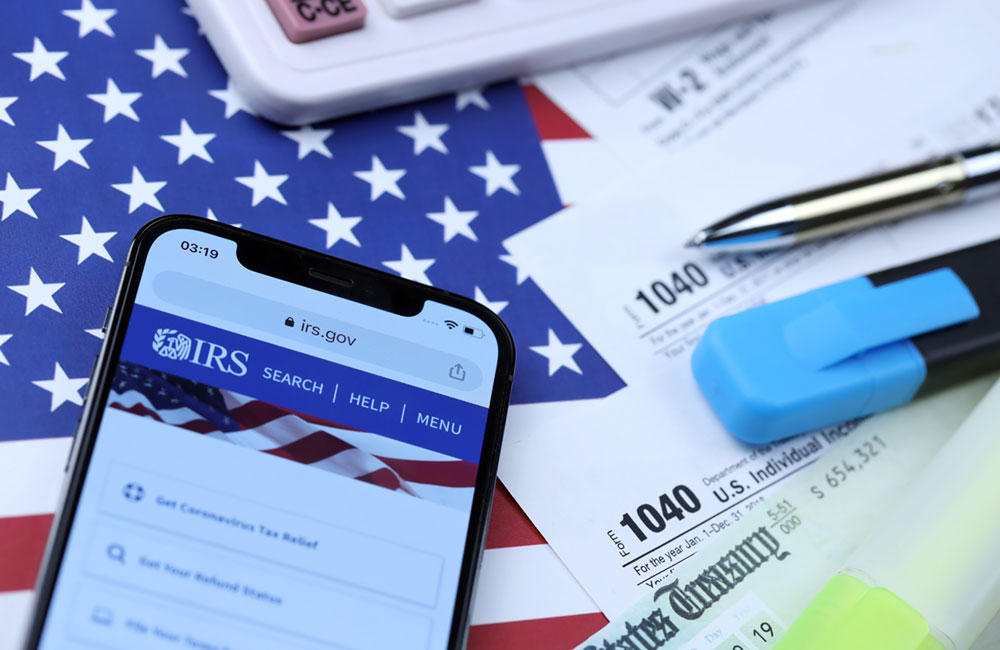DOT Targets Improved CX for Airline Travelers Through New Digital Services
The agency sees data sharing and transparency helping hold airlines accountable for improved air travel experience.

U.S. Department of Transportation officials have introduced multiple new programs that leverage digital services to improve customer experience for the millions of Americans who fly each year. These new programs align with the White House’s top priorities to improve customer service and experience.
A new DOT dashboard outlines information about what services airlines must provide in the event of a cancelation or delay within the airlines’ control. The Cancellation and Delay Dashboard includes a visual chart showing which airline offers things like cash compensation, credit or travel vouchers, and meals, for example.
In a letter before the dashboard’s release, Transportation Secretary Pete Buttigieg urged 10 of the largest U.S. airlines to improve their customer service plans.
“When passengers do experience cancelations and delays, they deserve clear and transparent information on the services that your airline will provide, to address the expenses and inconveniences resulting from these disruptions,” Buttigieg wrote in the letter. “When Americans experience first-rate service on U.S. airlines, the entire aviation sector and the American economy are better off.”
“The department will continue to support passengers and to hold airlines responsible for adhering to their customer obligations,” he said separately in a press release about the dashboard.
Another dashboard rolled out in March outlines those airlines’ commitments to guarantee free family seating, which can help parents avoid paying extra money to sit with their children during a flight.
Data Plays a Role in Air Travel Experience
The dashboards are just two iterations from Buttigieg’s strategic goals to reinforce data-driven programs and policies across the agency to ultimately benefit air travel.
Over the course of the pandemic, the Office of Aviation Consumer Protection had been inundated with an unprecedented number of air travel service complaints. According to the agency, it received 569% more complaints in 2020 than in 2019. It received a 226% increase in complaints against airlines and ticket agents in 2021, and a 300% increase in the first half of 2022.
This led to a need to modernize the office’s consumer complaint application and case management system.
“This improvement will significantly fill the need for aviation consumer assistance, which remains at an elevated level. A modern system … will help OACP address consumer complaints more effectively and in a timelier manner,” according to DOT officials. “A modern system would also benefit consumers directly as it can be designed to allow for more public access to data within the system. For example, it could enable individuals to track their complaints and its status.”
Another tool is the Air Travel Consumer Report, a monthly report that provides customers with information on the quality of services provided by the airlines. It’s divided into multiple sections including flight delays, mishandled baggage and consumer complaints.
The office has attributed data modernization for helping recover over a billion dollars in refunds for consumers during the COVID-19 pandemic.
Air Travelers Need Modern Tech for Better Experience
A major factor within the air traveler experience that has a critical part on providing good customer experience lies within security screening. As such, the Transportation Security Administration is deploying new solutions to reduce screening time at airports.
One of these is next-generation credential authentication technology (CAT) to verify the identity of travelers. Many travelers might have already experienced this one as the agency is in the process of rolling out the new tech at airports across the country. The units verify a passenger’s identity, along with their flight details and pre-screening status, all without a boarding pass.
Another tool is one improving the screening experience for carry-on baggage. New computed tomography (CT) units negate the need for passengers to remove liquids or laptops as the tech includes more sophisticated scanning and threat-detection capabilities. They provide TSA officers a 3D image of passengers’ bags and decrease the instances in which one must physically search bags.
Nationwide TSA staffing concerns in recent years have contributed to some frustrations with the security screening experience. But new legislation regarding pay and other employee benefits has contributed to some new hiring surges at the agency.
“For passengers, this will mean better overall staffing for all of TSA’s activities that support secure and efficient travel and an improved passenger experience,” said TSA Administrator David Pekoske in a press release. “Our strong partnerships with airports and airlines will ensure we are able to anticipate and respond to changes in passenger travel throughout the summer.”
This is a carousel with manually rotating slides. Use Next and Previous buttons to navigate or jump to a slide with the slide dots
-

IRS Tax Filing Pilot Part of Digital-First Customer Experience Plan
Many taxpayers increasingly expect flexible, easy and self-directed digital interactions, agency leaders said.
5m read -

Connectivity Drives Future of Defense
The Defense Department is strategizing new operating concepts ahead of future joint force operations.
8m read -

Transitioning Systems for Modern Agency Missions
IT modernization is a constant process necessary for improving customer service, mission delivery and collaboration.
40m watch -

How TMF is Helping Agencies Accelerate Tech Modernization
The program launched a new AI pilot to expedite TMF applications as agency leaders urge more to consider applying for funds.
4m read




